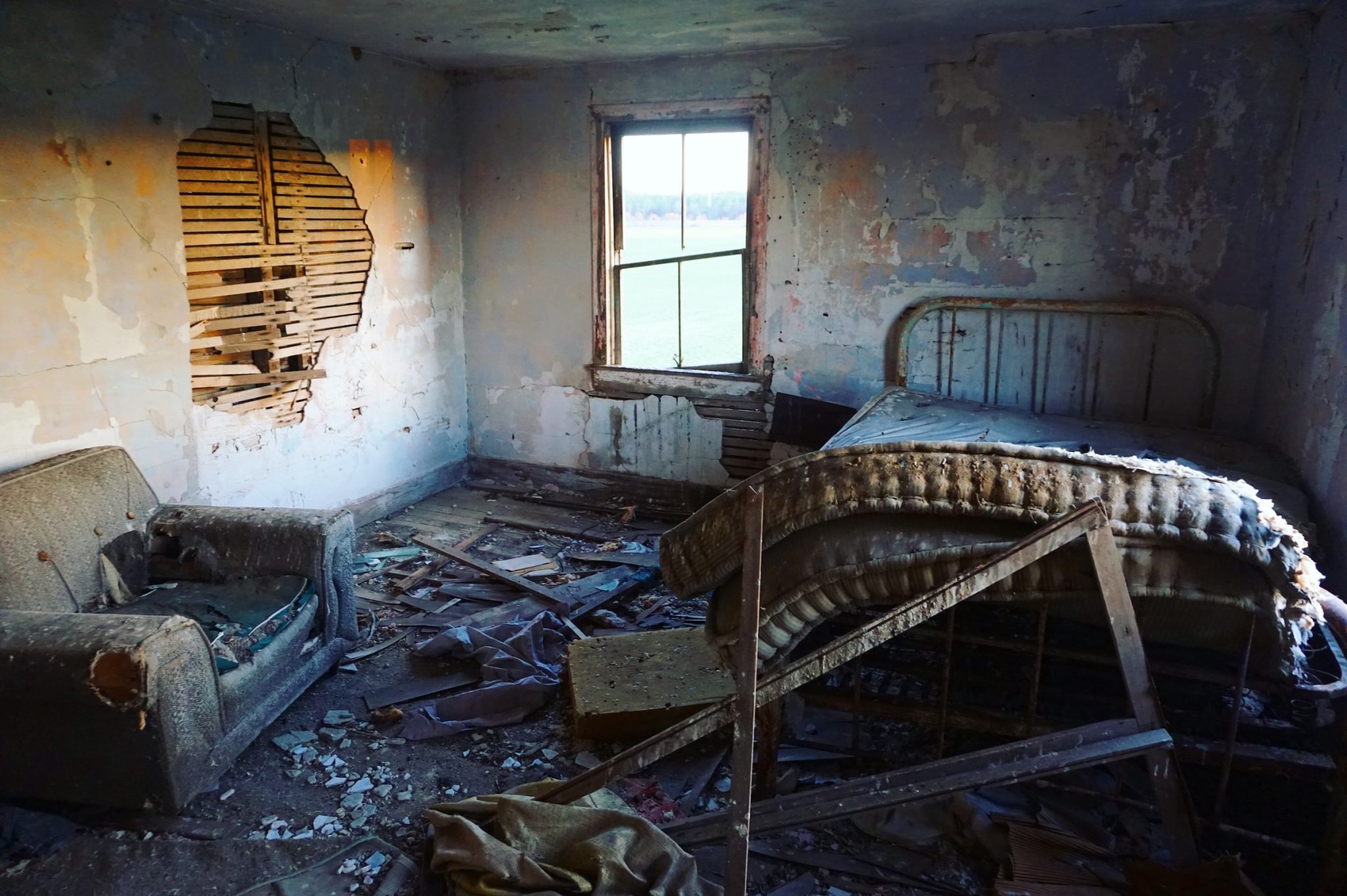Mold is a serious problem that can affect the health of your employees and cause significant damage to your facility. It thrives in damp, humid environments and reproduces by releasing spores into the air. If not treated quickly and properly, mold can spread rapidly throughout your property, creating an unhealthy living environment. Fortunately, commercial water restoration companies are experienced in dealing with mold removal and remediation services.
So here is some useful information about how to identify potential signs of mold growth as well as steps you should take if you suspect there is a mold infestation in your home or office space.

Table of Contents
Identifying Signs of Mold Growth
The first step in dealing with mold is to identify its presence. Visible mold is the most obvious sign – it can appear in various colors, including black, green, brown, or white. It may appear as fuzzy patches or discoloration on walls, ceilings, floors, or other surfaces. Make sure to find out more about how and why mold occurs and pay attention to areas that are prone to moisture, such as bathrooms, basements, or areas with leaks or water damage. Some other signs include:
- Musty Odor: Mold often emits a distinct musty smell. If you notice a persistent damp or earthy odor in a particular area, it could be an indication of mold growth.
- Water Damage: If your property has experienced recent water damage from a flood, leaky pipes, or a roof leak, it increases the likelihood of mold growth. Even if the water has been cleaned up, mold can still develop in hidden areas, such as behind walls or under carpets.
- Allergic Reactions: Some individuals may experience allergic reactions when exposed to mold. Symptoms can include sneezing, coughing, watery eyes, nasal congestion, or skin irritation. If these symptoms worsen when you are inside a specific area or room, it could be due to mold presence.
Steps to Take if You Suspect Mold Infestation
If you suspect there is a mold infestation in your home or office, it’s crucial to take prompt action to mitigate the problem. Here are the steps you should follow:
- Assess the Situation: Carefully inspect your property for visible signs of mold, paying attention to areas where moisture is present or has been previously. Take note of the extent of the mold growth and any areas affected.
- Contact a Professional Mold Remediation Company: Mold removal and remediation should be handled by experienced professionals. Contact a reputable commercial water restoration company that specializes in mold remediation. They have the knowledge, expertise, and equipment to safely and effectively remove mold from your property.
- Consult with an Industrial Hygienist: In some cases, it may be necessary to consult with an industrial hygienist who can assess the air quality and determine the extent of mold contamination. They can provide valuable insights and recommendations for remediation efforts.
Preventing Mold Growth
Preventing mold growth is crucial in maintaining a healthy indoor environment. Here are some effective measures you can take to prevent mold from becoming a problem:
- Control Moisture: Mold thrives in damp environments, so it’s essential to control moisture levels in your home or office. Repair any leaks in pipes, roofs, or windows promptly. Use dehumidifiers in areas that tend to be more humid, such as basements and bathrooms. Ensure proper ventilation in rooms, especially those prone to moisture, by using exhaust fans or opening windows when weather permits.
- Regular Maintenance: Regularly inspect your property for any signs of water damage, leaks, or condensation. Pay attention to areas where moisture can accumulate, such as around plumbing fixtures, under sinks, or near air conditioning units. Address any issues promptly to prevent the growth of mold.
- Proper Ventilation: Proper airflow is essential in preventing mold growth. Ensure that all rooms, especially those with high humidity levels, have adequate ventilation. This includes installing exhaust fans in bathrooms, kitchens, and laundry rooms. Keep furniture and other items away from walls to promote airflow and prevent condensation.
- Monitor Indoor Humidity: Keep track of indoor humidity levels using a hygrometer. The ideal humidity range is between 30% and 50%. If the humidity exceeds 50%, use dehumidifiers to reduce moisture in the air. Additionally, be mindful of the outdoor weather conditions. During humid weather, it may be necessary to increase ventilation or use air conditioning to maintain optimal humidity levels.
- Proper Insulation: Insulation plays a vital role in preventing condensation and moisture buildup. Ensure that your property is properly insulated to reduce the risk of moisture seeping through walls, ceilings, or floors. Proper insulation also helps maintain consistent indoor temperatures, reducing the chances of condensation forming on surfaces.

By implementing these preventive measures, you can significantly reduce the risk of mold growth in your home or office space. Remember, early intervention and proactive maintenance are key to preventing mold from becoming a problem. Regular inspections, timely repairs, and maintaining optimal indoor conditions will help create an environment that is inhospitable to mold, ensuring the well-being and safety of everyone in the space.
- About the Author
- Latest Posts
Whether she is researching the latest trends in home decor, life-changing destination getaways, or the best way to maintain your finances, Dewey takes pride in leaving no stone unturned. She is passionate about distilling and delivering high-quality information that you can use to upgrade your life.

